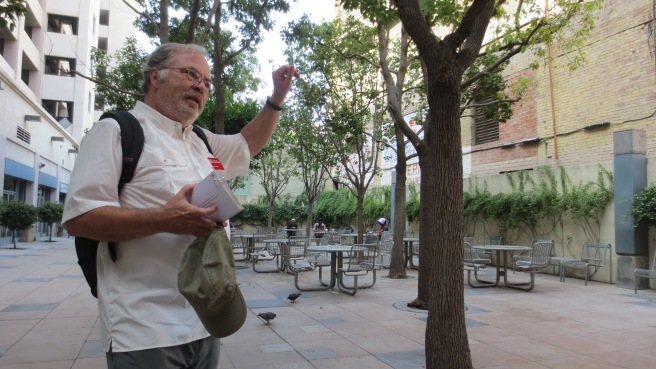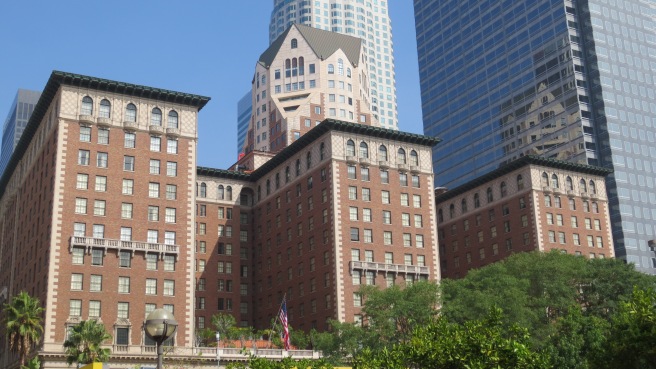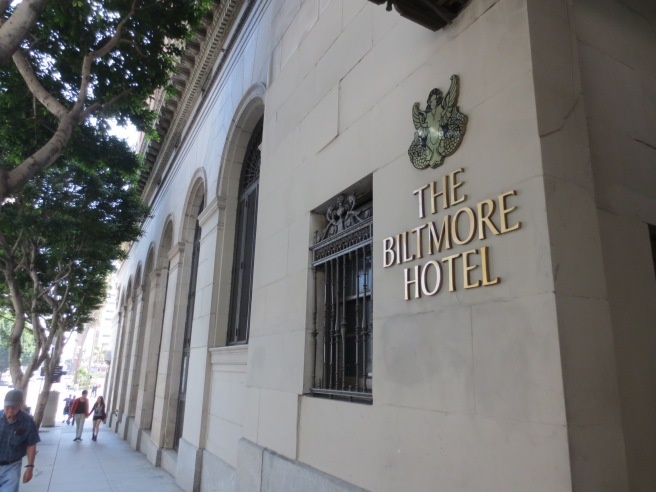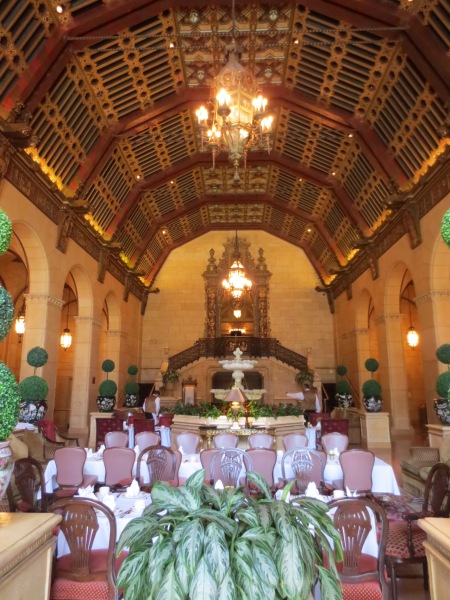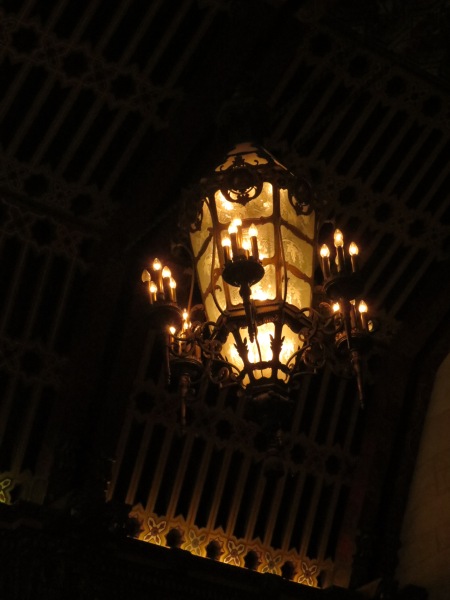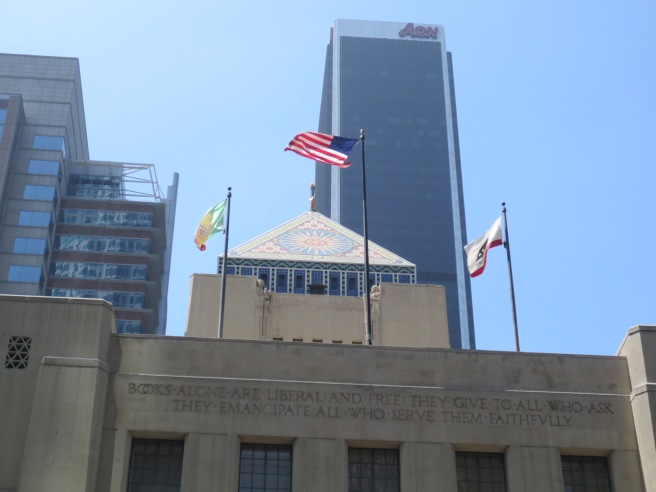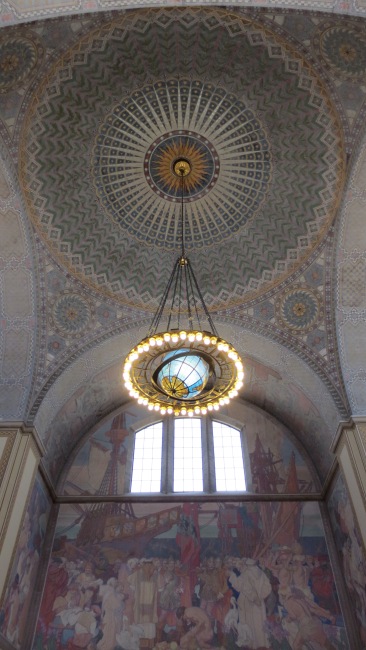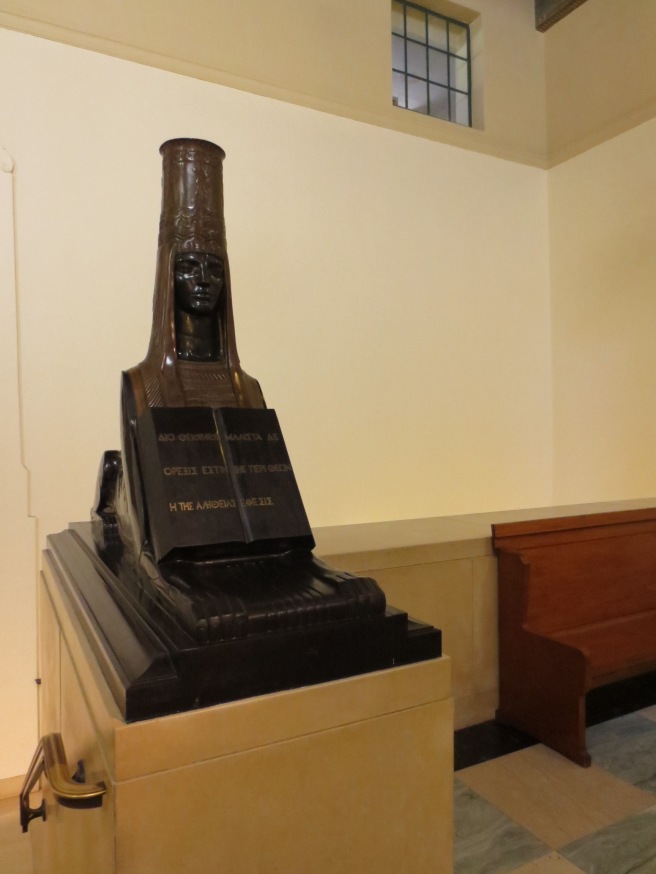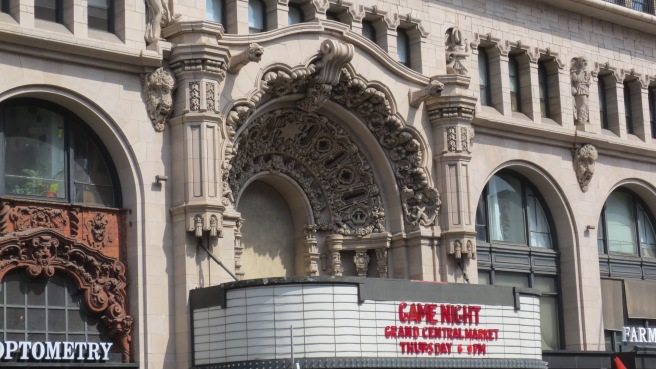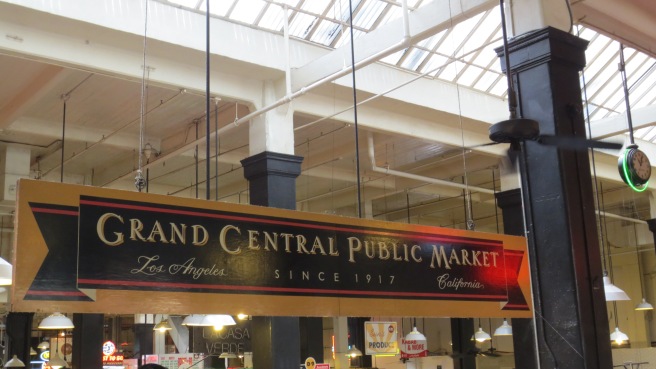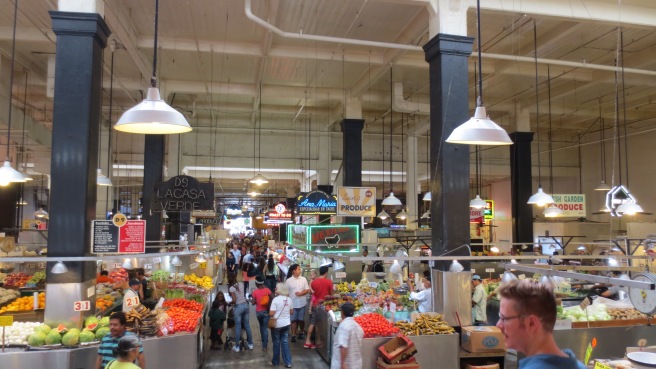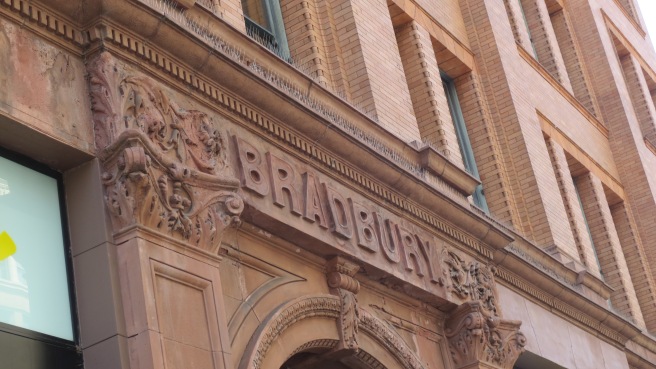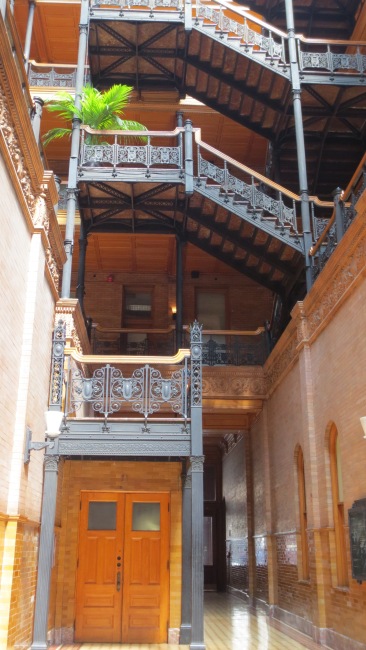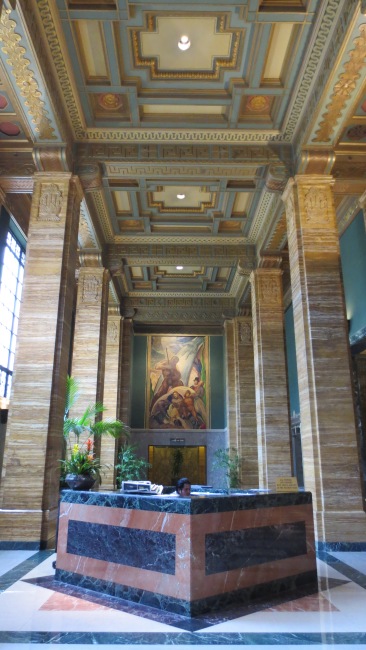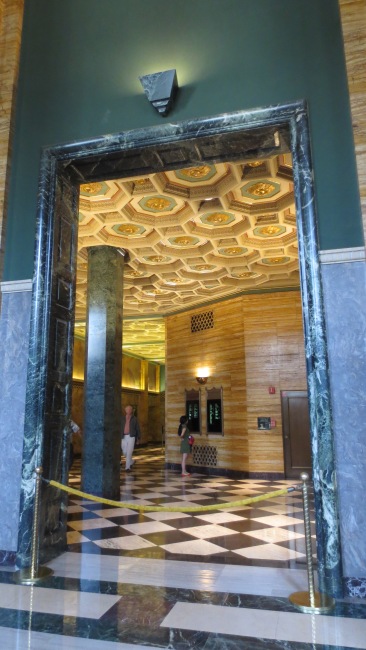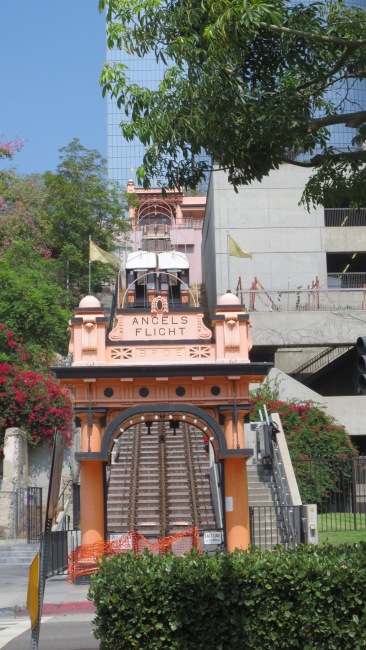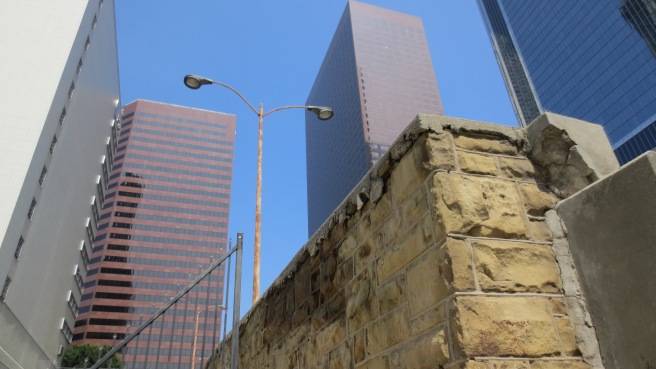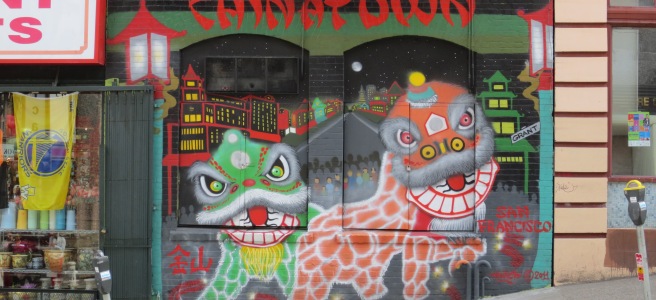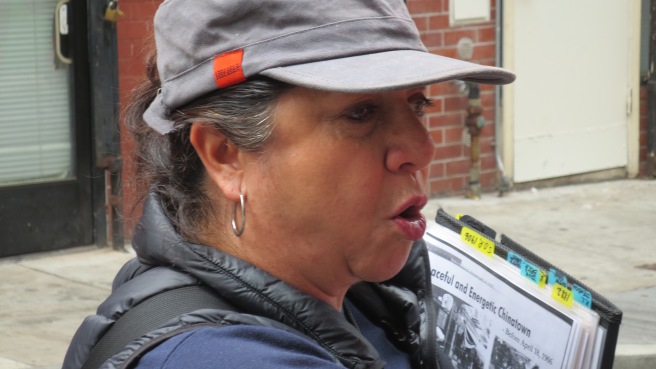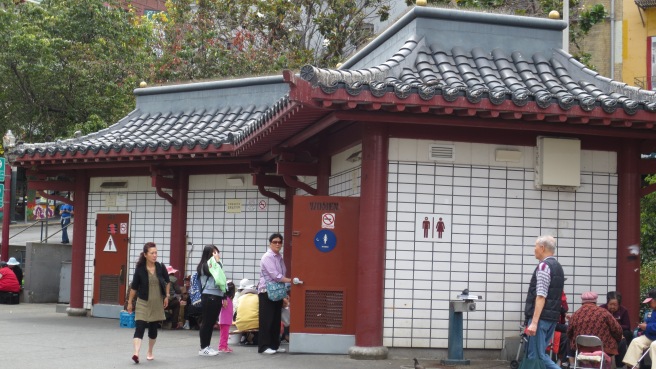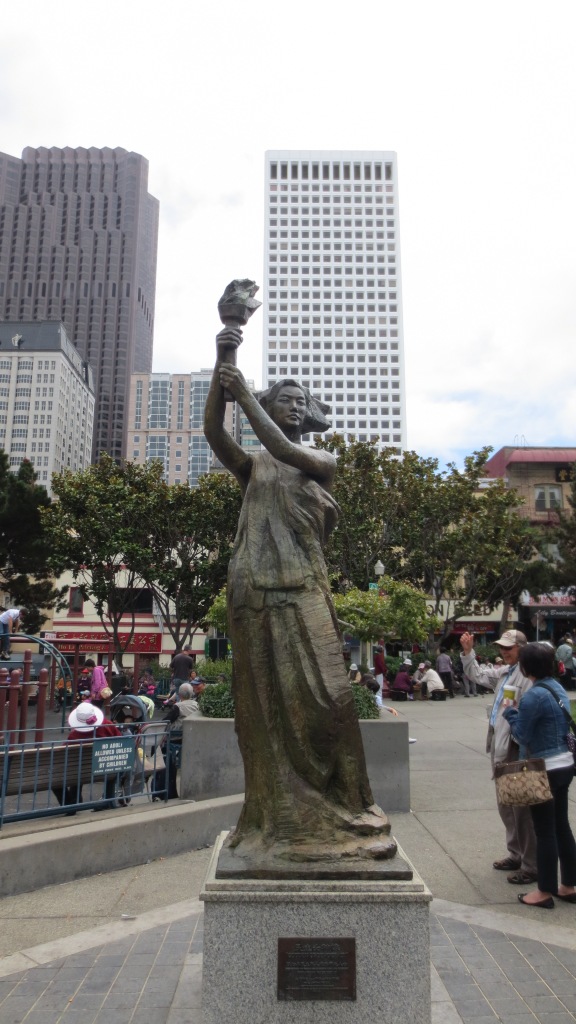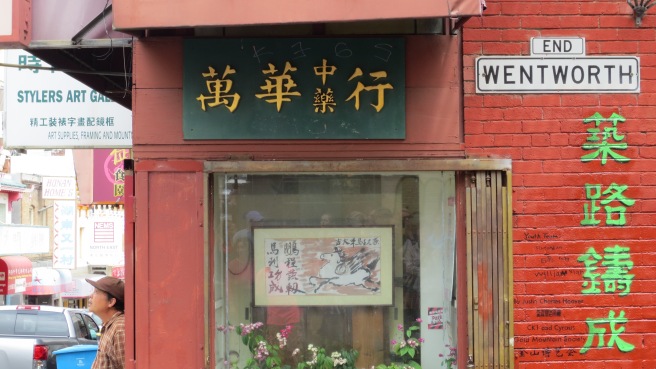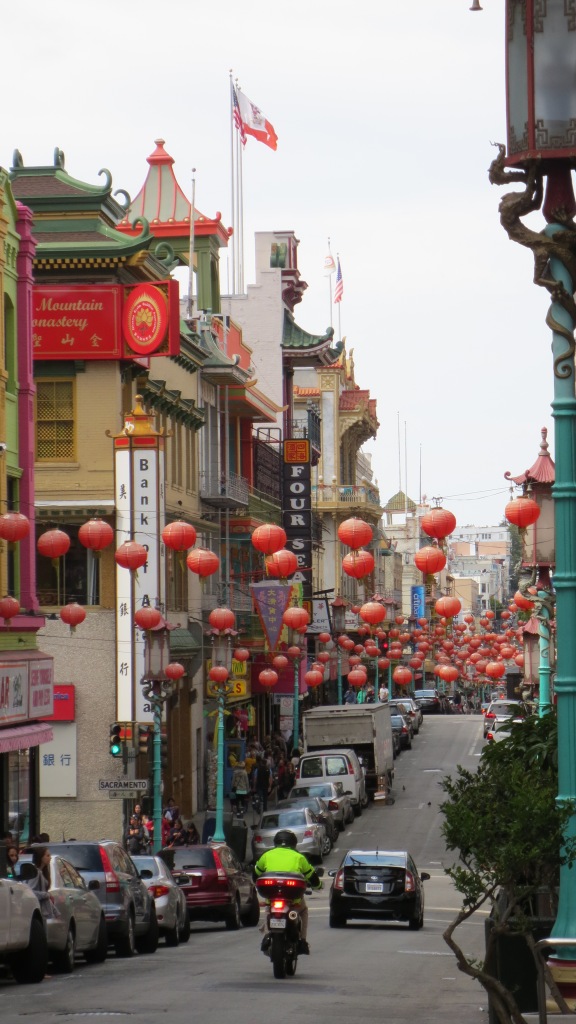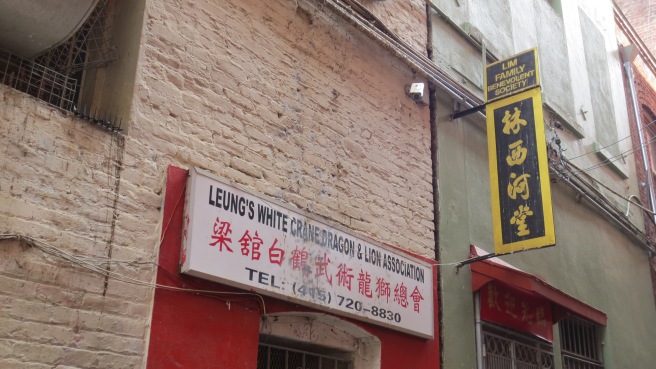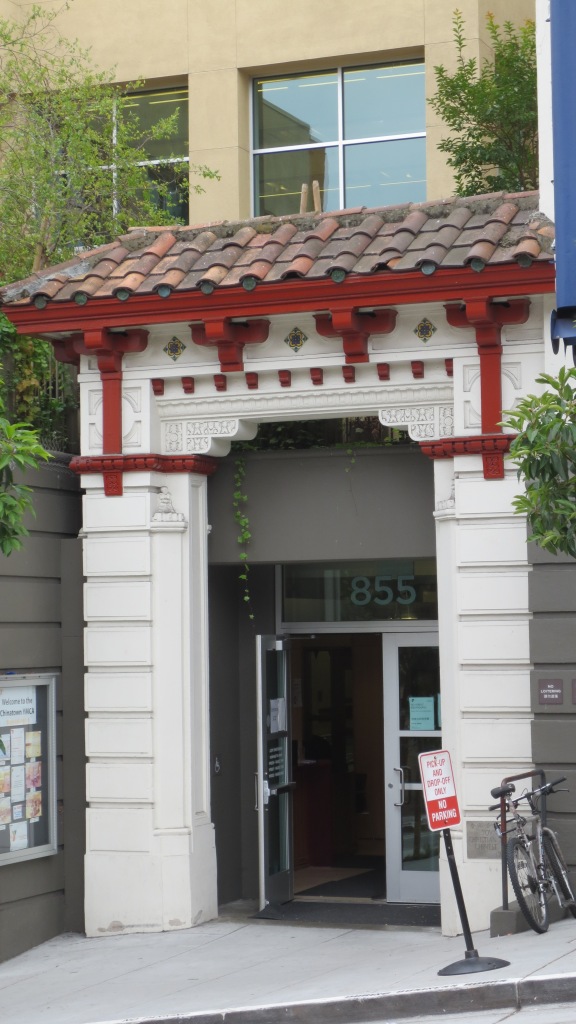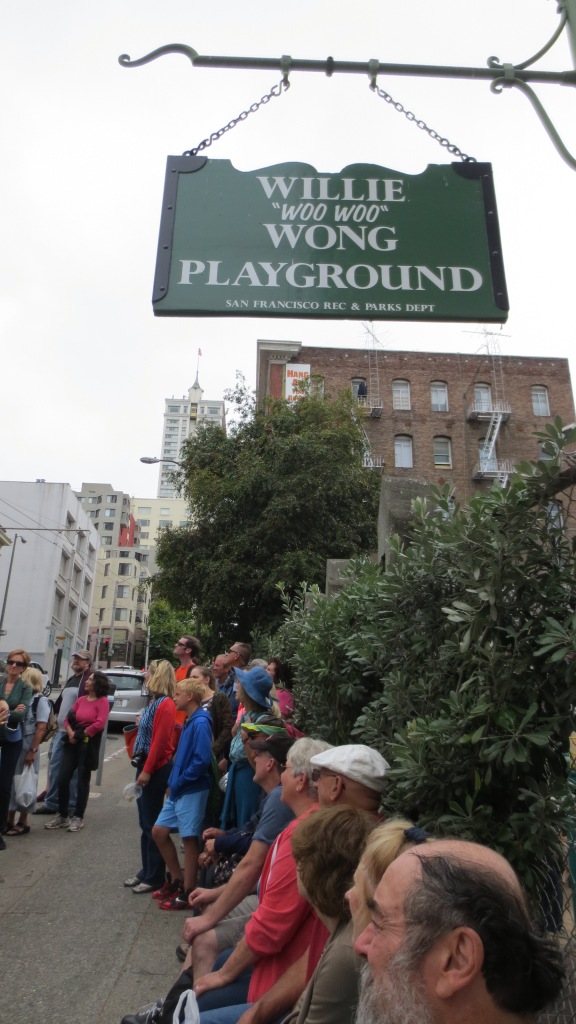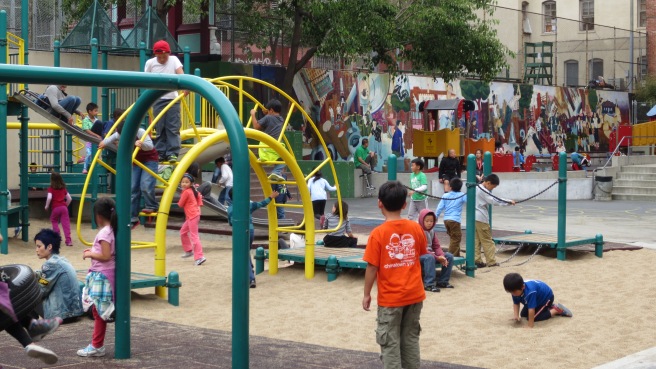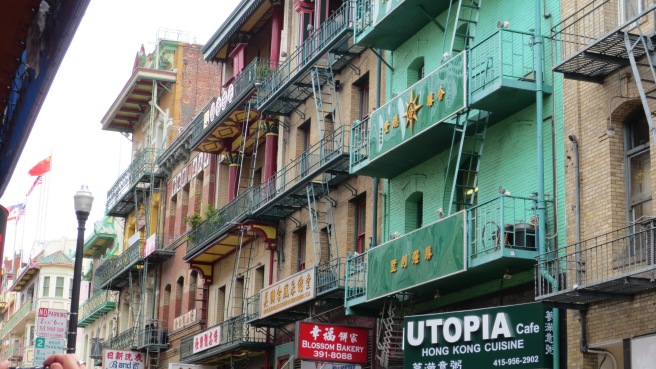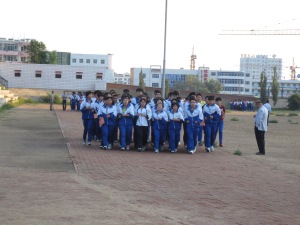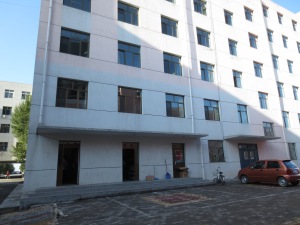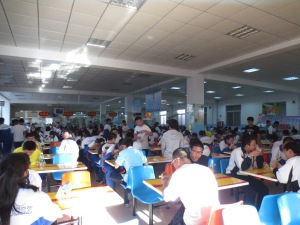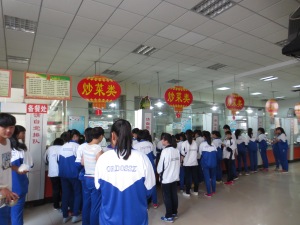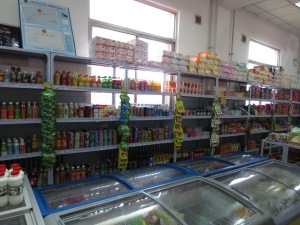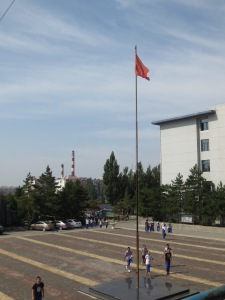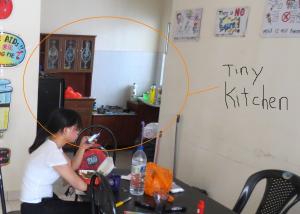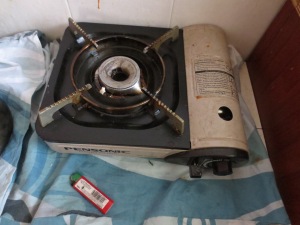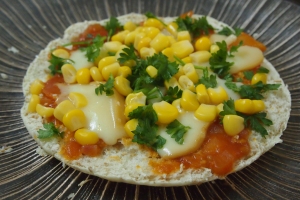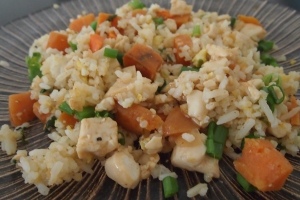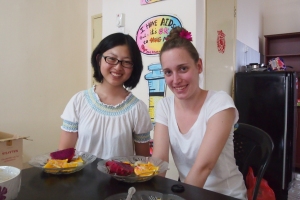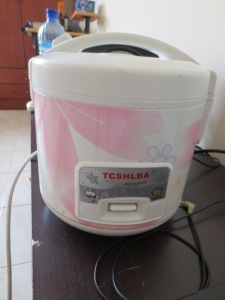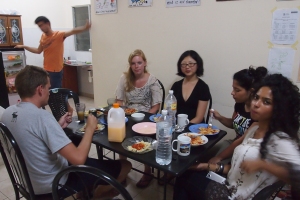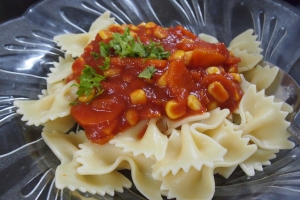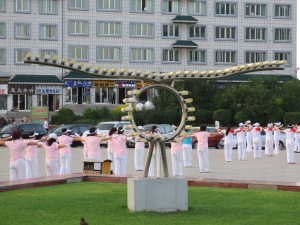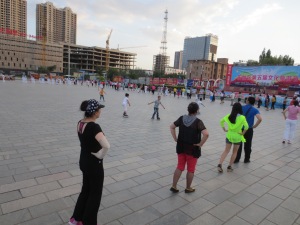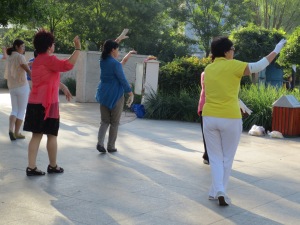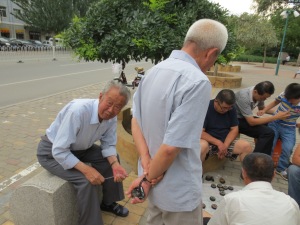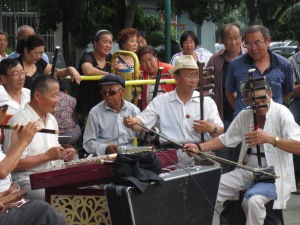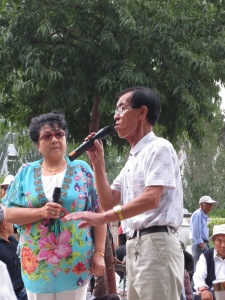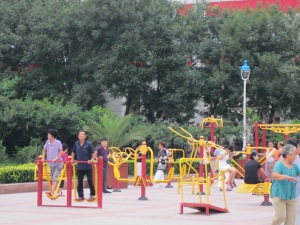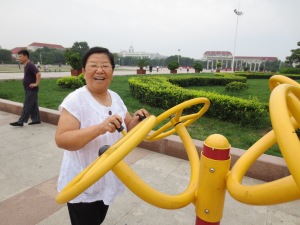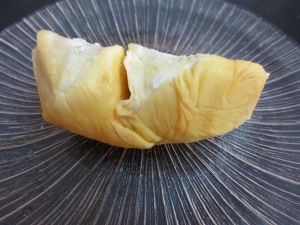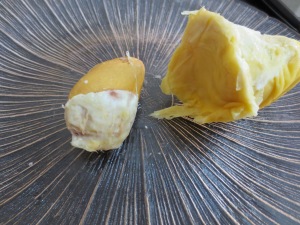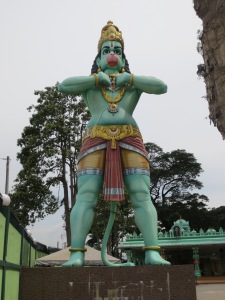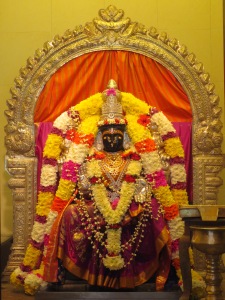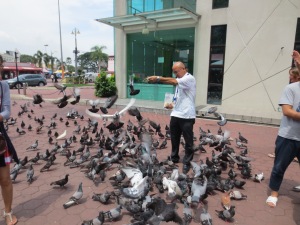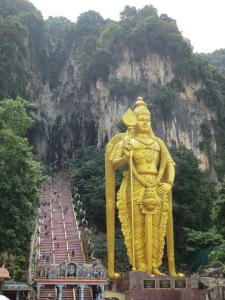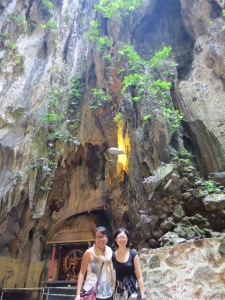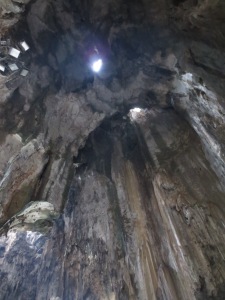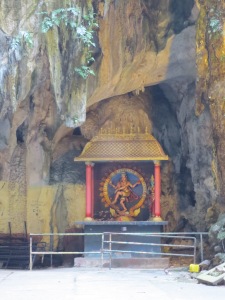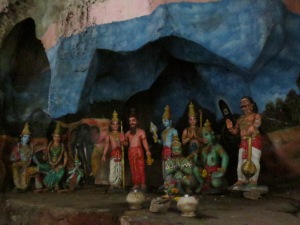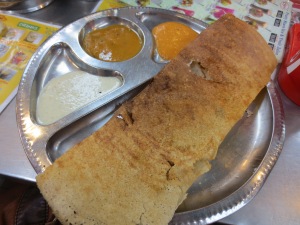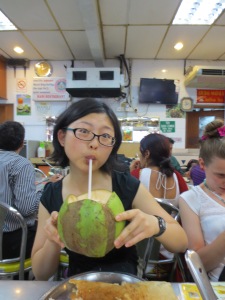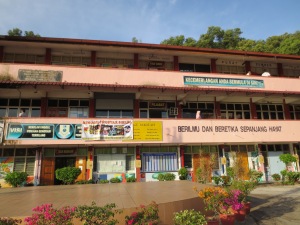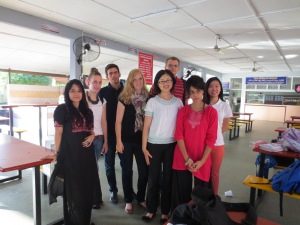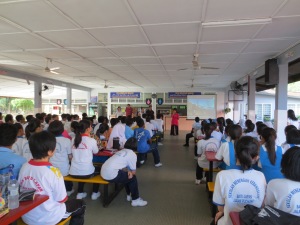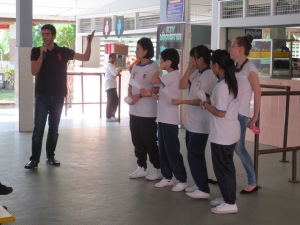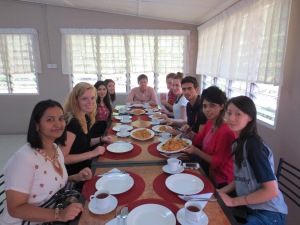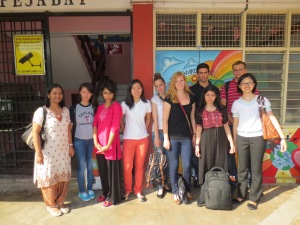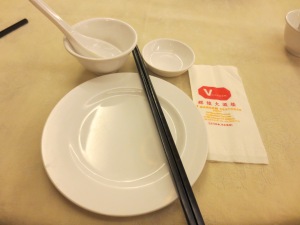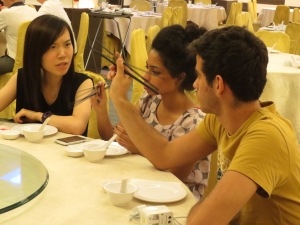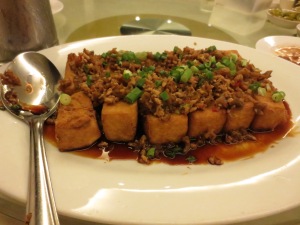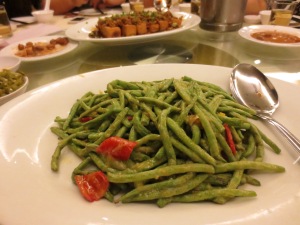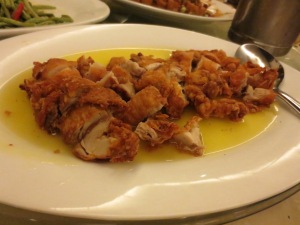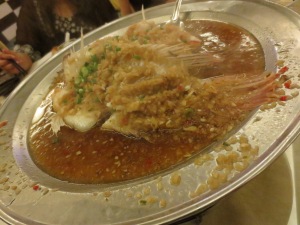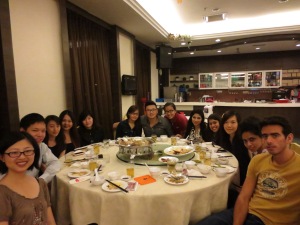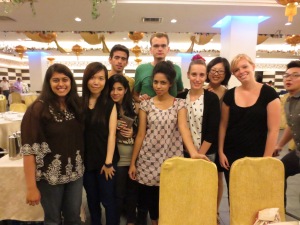It’s Saturday morning. Booths line both sides of a gravel path, selling produce, eggs, baked goods, and jewelry. Families with strollers and dogs on leashes filled the narrow walkway, and the smell of pizza and smoke from food trucks hung in the air. Welcome to Trout Lake Farmers’ Market.
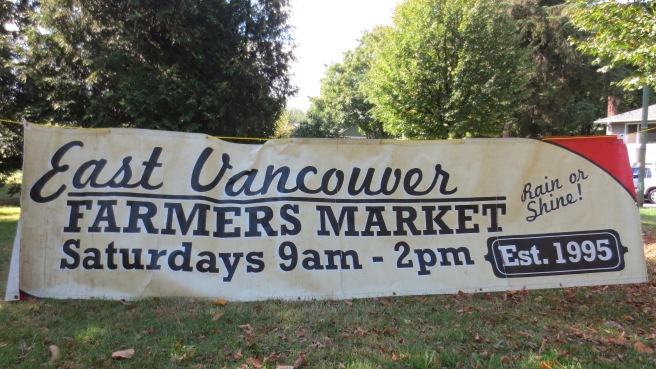
Since moving to East Vancouver a month ago, I’ve wanted to explore the neighbourhood and get to know the people living here. The first booth I approached was one familiar to me and a common sight at Vancouver Farmer’s Markets: Sole Food Street Farms. They’re an urban farm with plots around Vancouver. In addition to growing food using organic practices locally, the organization is also committed to empowering individuals with limited resources. According to Lissa, who was staffing the booth, one such way they do so is by employing people living in the Downtown Eastside.
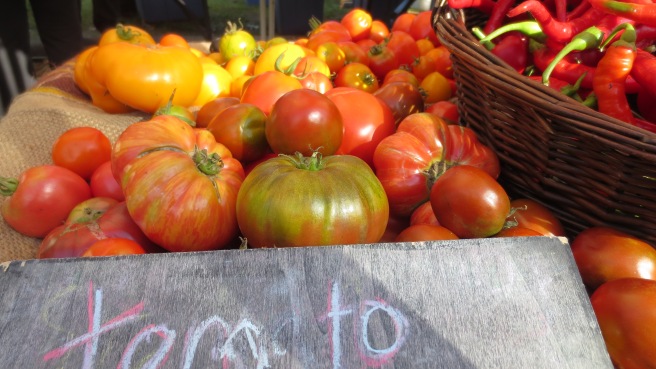
A few booths down, Soban Organic Farm was selling an unlikely item: chopsticks. Soban, the co-owner of the farm told me that he made all of the chopsticks with wood from an 106-year old maple tree in his backyard. Making chopsticks by hand is a time-intensive process. First, the wood is cut into planks and allowed to dry for 4 years. Then, they’re cut to shape, grinded, and sanded until smooth. These chopsticks get coated with mineral oil to help repel water and keep them from cracking. I asked where Soban learned to make chopsticks, and he laughs as he said that he taught himself.
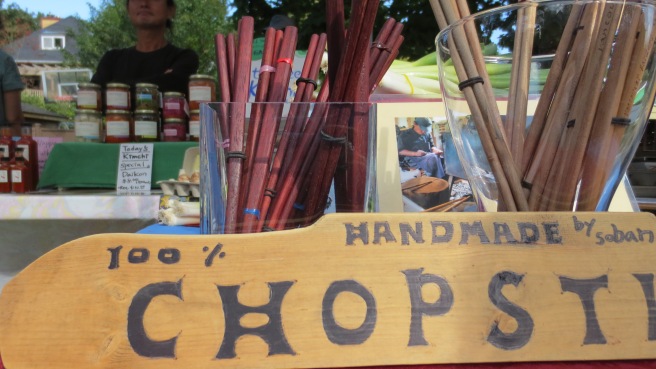
There’s Kay from the Other Eden, who started making soaps and lotions for her own sensitive skin, then gave away extras to her friends, and eventually started selling them to the general public.
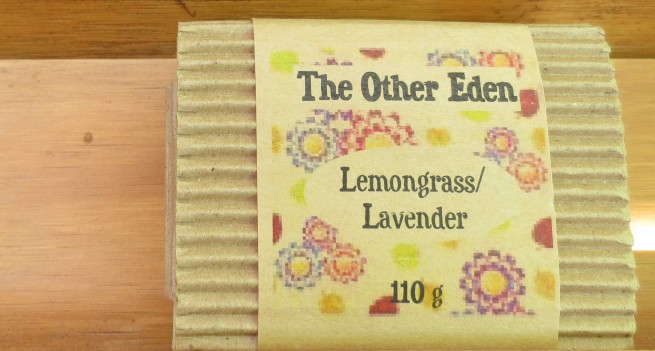
Fittingly, I found a food scrap drop spot at the market. A food scrap drop spot is a place for people without access to the organic composting program to drop off their compostable materials. This is perfect for those who live in apartment complexes without composting programs such as myself. What a brilliant idea to increase landfill diversion in urban areas.
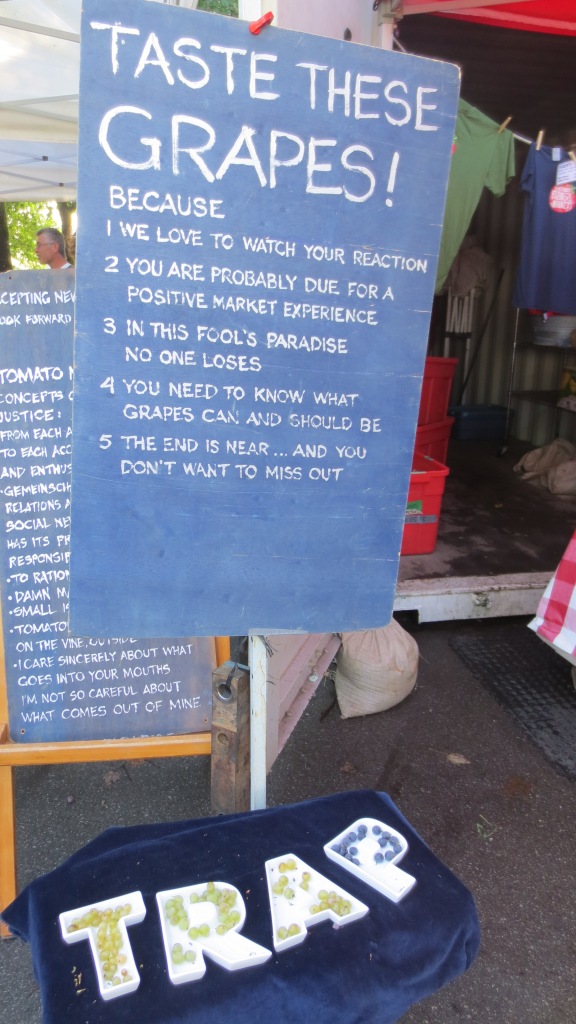
Milan “The Tomato Man” sold only grapes and tomatoes. He had one of the most interesting booths at the market. From the plates shapes like the word TRAP which held free samples, to the “Tomato Man(ifesto)”, to the handwritten ode to each grape variety, every detail appealed to my sense of humour and curiosity. When I asked Milan about the signs, he said that he loved play with words, and if he took a career aptitude test, he probably would’ve been a CEO of an advertising agency. I don’t know if it was the influence of advertising, but I did pick up a few San Marzano tomatoes, which are famous saucing tomatoes of an Italian variety. I added them into a black lentil dal I was making, and also sneaked a taste. They were super sweet, very fleshy (almost seedless and pulpless), and just a pleasure to eat out of hand.

My last stop was Jane’s Honey Bees. I asked Jay how the different “flavours” of honey were produced. He explained that bee farmers will rent out their bees to different farms when their flowers require pollination, so the honey collected during that time period will be primarily from a single type of flower. Anecdotally, Jay told me that a blueberry farmer’s yield increased from 7,000 lb/ year to 11,000 lb/year thanks to renting honey bees.
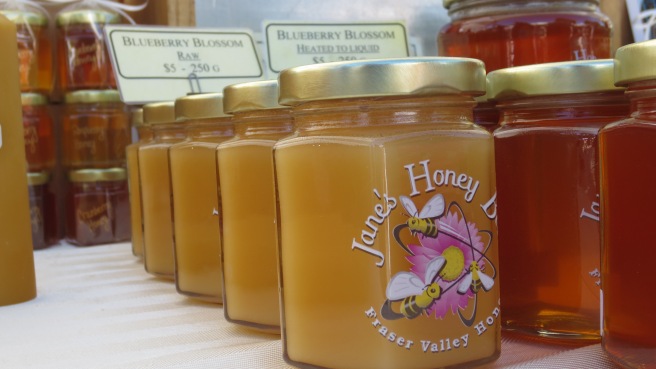
Farmers’ Market
A place to receive nature’s bounty,
Nurtured by hands, hearts, heads.
Breathing, appreciating,
The world and work,
Which sustain us.


